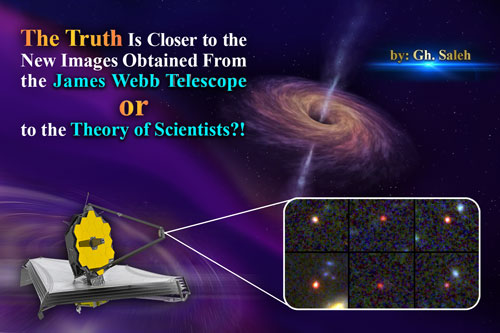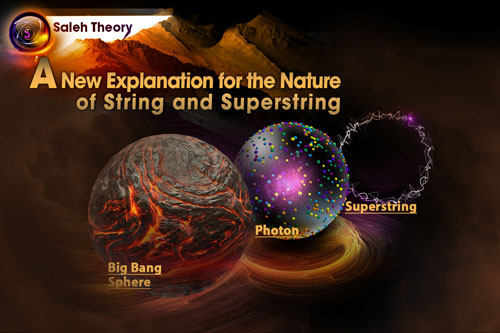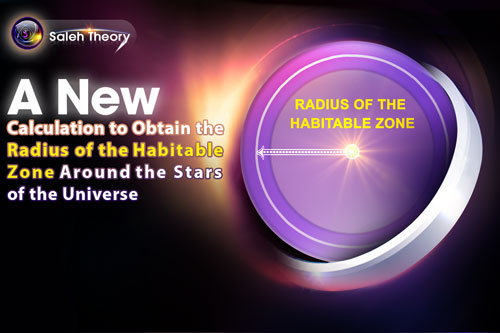
The Truth Is Closer to the New Images Obtained From the James Webb Telescope or to the Theory of Scientists?!
Each galaxy is normally consisting of a central black hole, stars that orbit it and planets that orbit around their central stars. According to the existing theories, the formation of the structure of these galaxies requires a lifetime of several billion years. But, in the images obtained from the James Webb telescope, galaxies have been seen that were formed only about 500 million years after the Big Bang.
The important point is that both the James Webb telescope images and the scientists's theory are correct. Because based on the current data and calculations, it takes billions of years to form galaxies.
But it should be noted that the James Webb telescope has observed galaxies that belong to the early times after the Big Bang. In fact, it can be said that these galaxies were formed in the early times of the formation of the universe. But how?!
The Big Bang phenomenon is a real and true event, in which a very dense mass (with a density of about 1042 kg/m3) releases a tremendous amount of energy in a very huge explosion. In fact, it can be said that the Big Bang itself is in the form of a black hole of black holes, which with this high density and great explosion could produce primary black holes. (The density of normal black holes is about 1020 kg/m3).
Actually, the Big Bang itself has the ability to produce millions of black holes and all the particles present in the universe, including electrons, protons, neutrons, atoms and everything that can be called matter. In very simple terms, it can be said that the production of black holes in primary galaxies is due to the Big Bang explosion, and the formation of secondary galaxies is due to the explosion of large stars that can produce small black holes. In fact, it can be said that primary galaxies have large or very large black holes, and secondary galaxies (billions of years after the Big Bang) have smaller black holes.
Result:
The images of the James Webb telescope are correct and could be considered. They could have a logical, principled and scientific basis and will not have any contradictions with the initial opinions of scientists.




